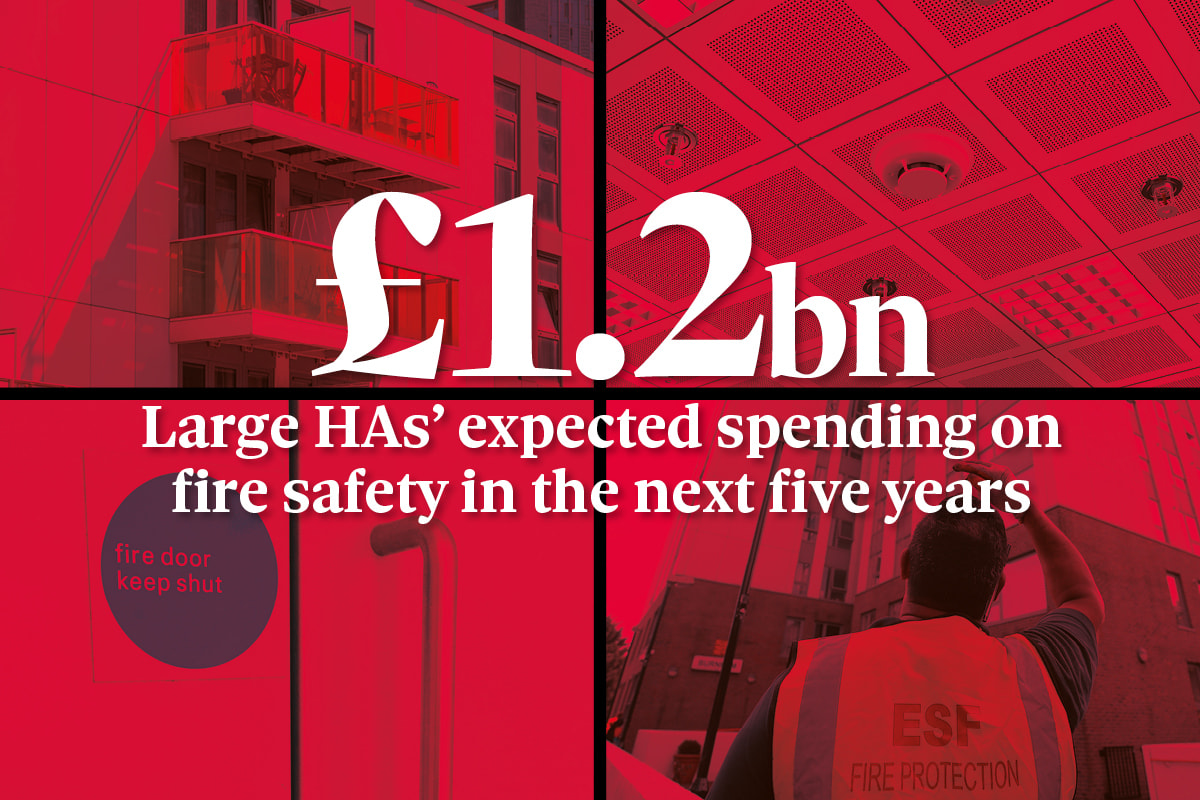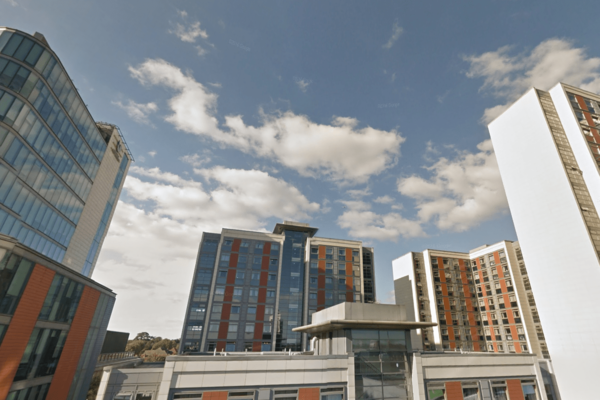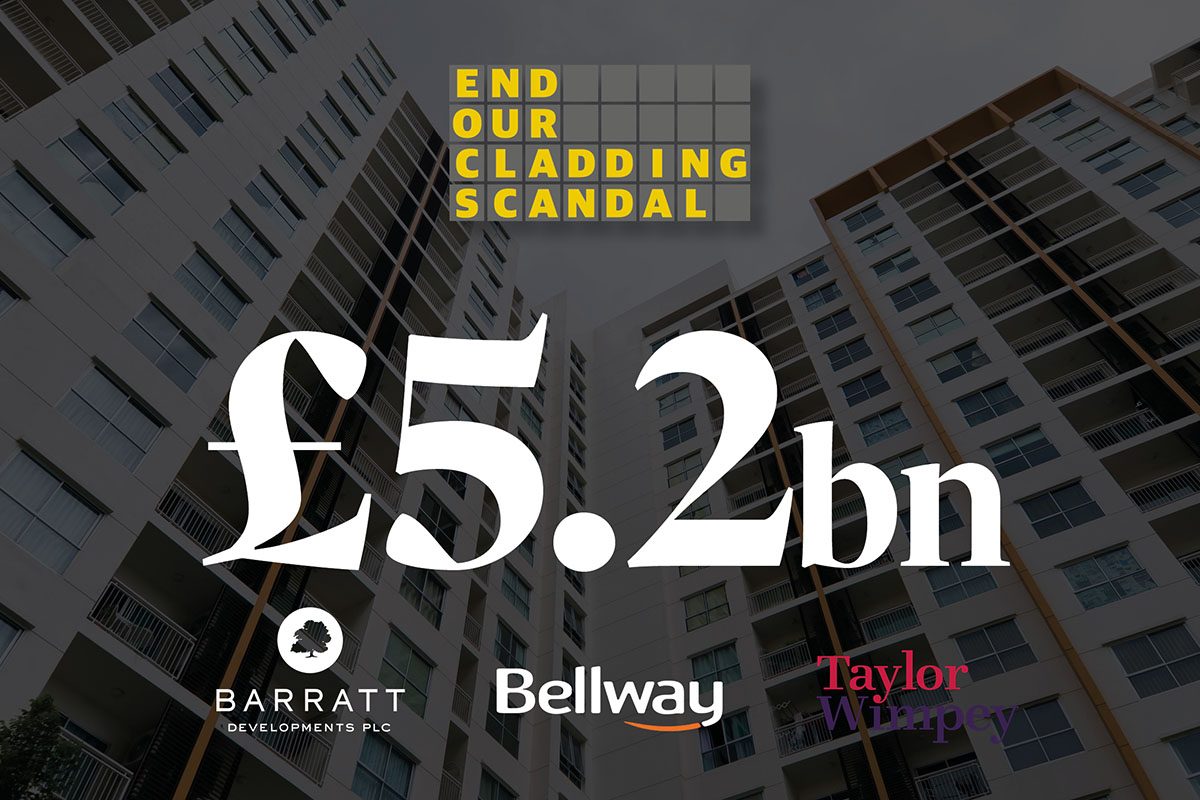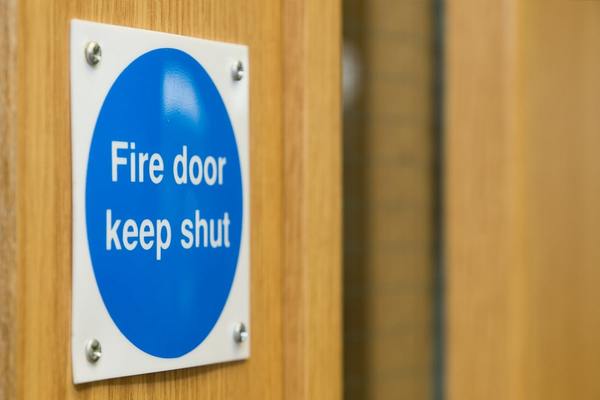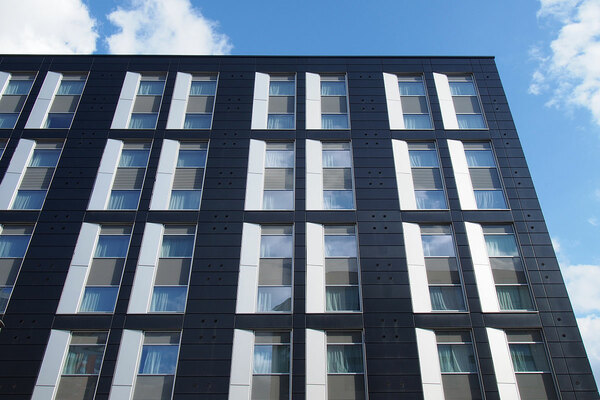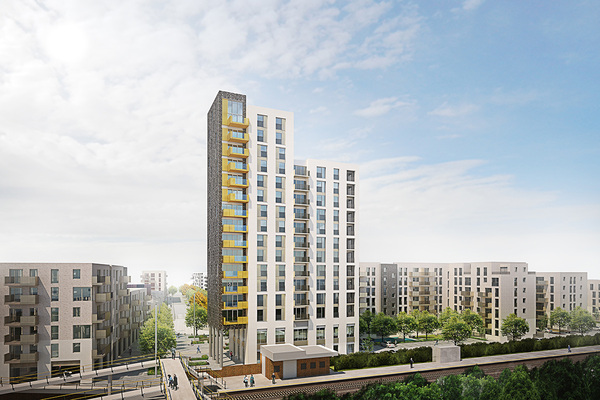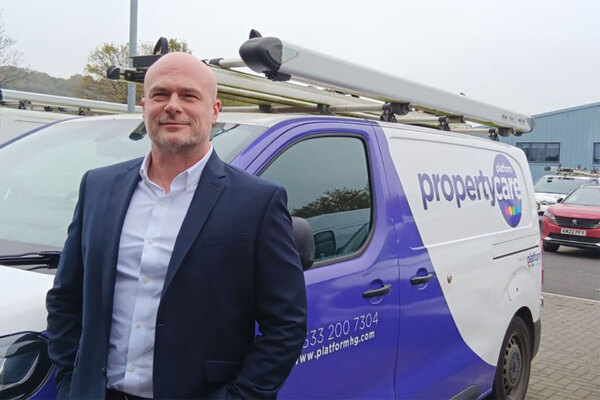You are viewing 1 of your 1 free articles
UK’s largest housing associations to spend £1.2bn on fire safety in next five years
Fire safety spending at the UK’s biggest housing associations is expected to hit nearly £1.2bn in the next five years, exclusive Inside Housing analysis has found.
A survey of 14 of the country’s largest associations, which own a combined total of 762,000 homes, revealed they are projecting safety bills between now and 2025 to total £1.19bn.
The figures – which come exactly one year after the Grenfell Tower Inquiry’s phase one report recommended major changes to building management – show the massive impact the fire and subsequent guidance and legislation is having on housing association finances, leading to tough decisions on future investment.
Read the full analysis of the sector’s fire safety spend since the Grenfell Tower fire
Fire safety costs account for a whole range of activities including cladding remediation, intrusive surveys and paying for interim fire safety measures such as waking watch.
London associations, with large proportions of high-rise stock, are expecting to spend the most in the coming years, with the eight associations that provided figures anticipating paying out £958m by 2025. These associations own more than 456,000 homes between them.
However, dramatically increased spend was also expected by landlords outside of London, with the seven respondents, which own 306,000 homes, predicting a total spend of £237.9m.
The expected rise in costs come despite housing associations having already spent hundreds of millions of pounds on fire safety work in the years since Grenfell. The survey found that the 17 respondents have spent £463m on fire safety costs since the fire.
London associations were again the major spenders, with outgoings of £385.5m, the equivalent of £724 for every home they own. Non-London associations spent £77.6m, the equivalent to £285 per home.
The analysis also shows that spending has increased over the years since Grenfell, with £212.5m (46%) being spent in 2019/20.
The figures came from a survey of the UK’s 30 largest housing associations. In total 17 responded, with 14 able to provide an estimate of future spend.
Some associations said they were unable to provide a figure due to the shifting landscape around building safety legislation.
Legislative changes, including the new Building Safety Bill, could further heap costs on associations, with a proposal for building safety managers and building safety cases to be created for all high-rise residential blocks.
The increased costs will mean associations will have to make tough decisions about where that spend will come from, with housebuilding and the zero-carbon agenda likely casualties.
Sue Harvey, partner at Campbell Tickell, said the government needs to understand that repairs, fire safety, zero carbon and development come out of one pot of money, and if one went up the others would go down.
Jamie Ratcliff, executive director of business and performance partnerships, said: “Absorbing these very significant building safety costs means we will build fewer affordable homes without the government’s help.”
Inside Housing’s End Our Cladding Scandal campaign calls on the government to make sure that social housing providers have equal access to any funding from the government for fire safety remedial works.
An Ministry of Housing, Communities and Local Government spokesperson said: “Our legislative changes are all about prioritising safety and delivering a future in which residents feel empowered, respected and safe in their homes.”
Sign up for our daily newsletter
Already have an account? Click here to manage your newsletters
